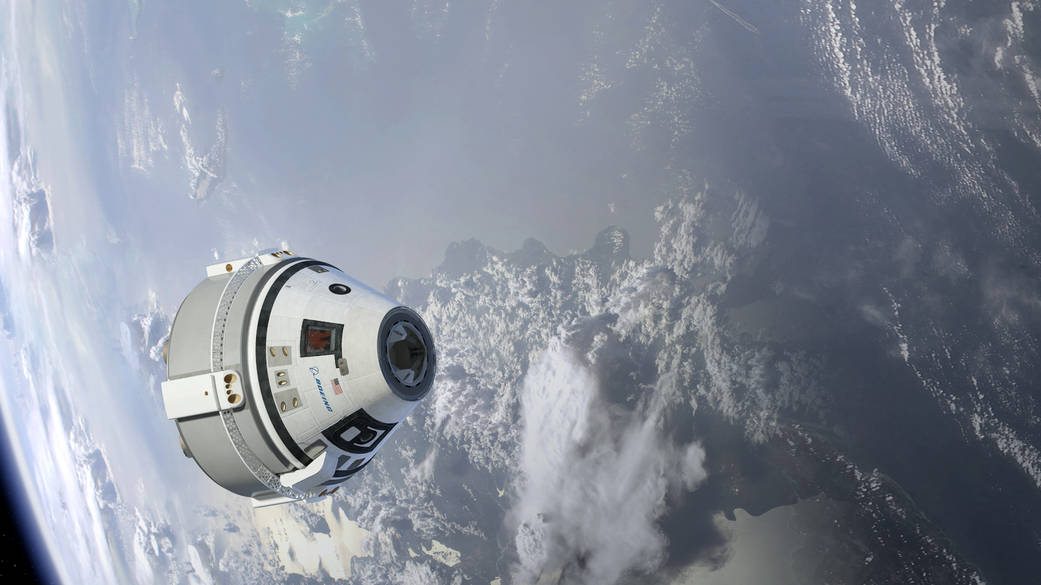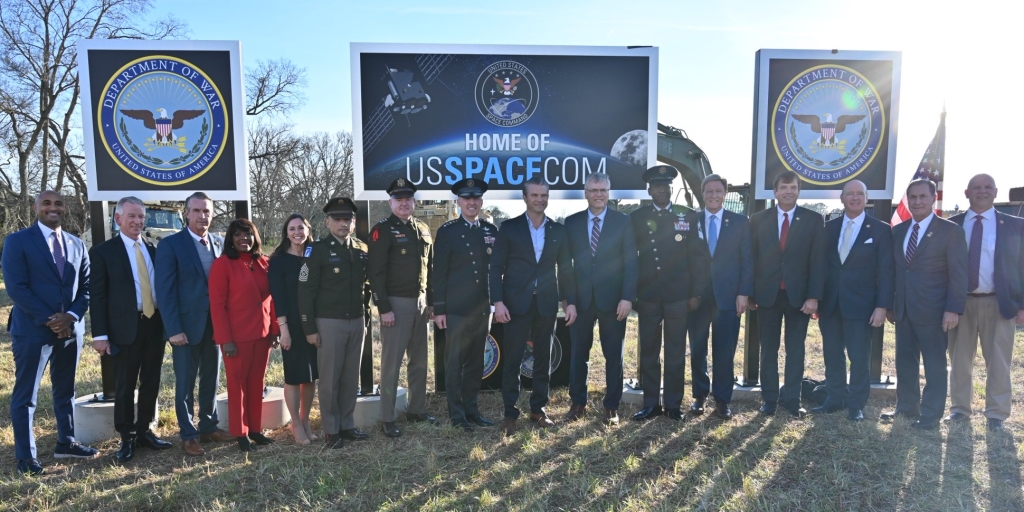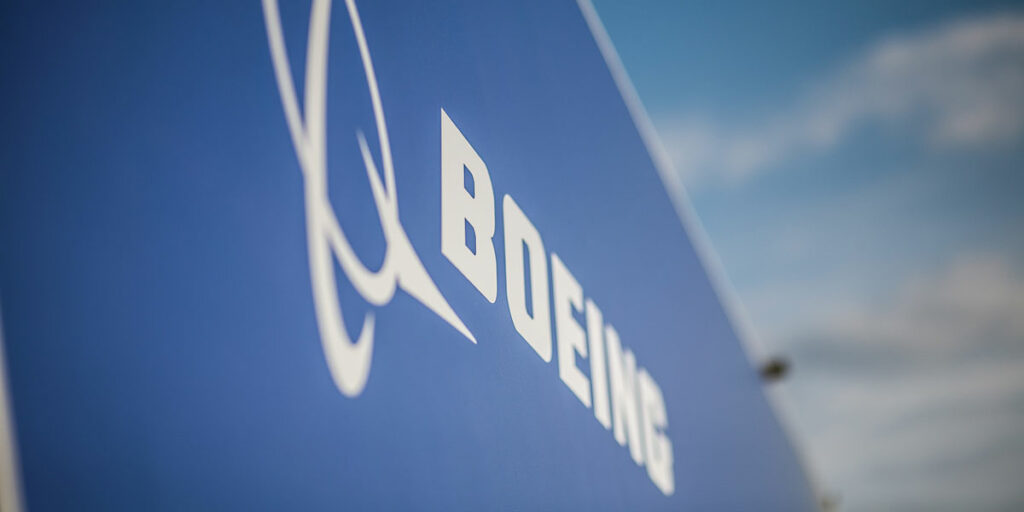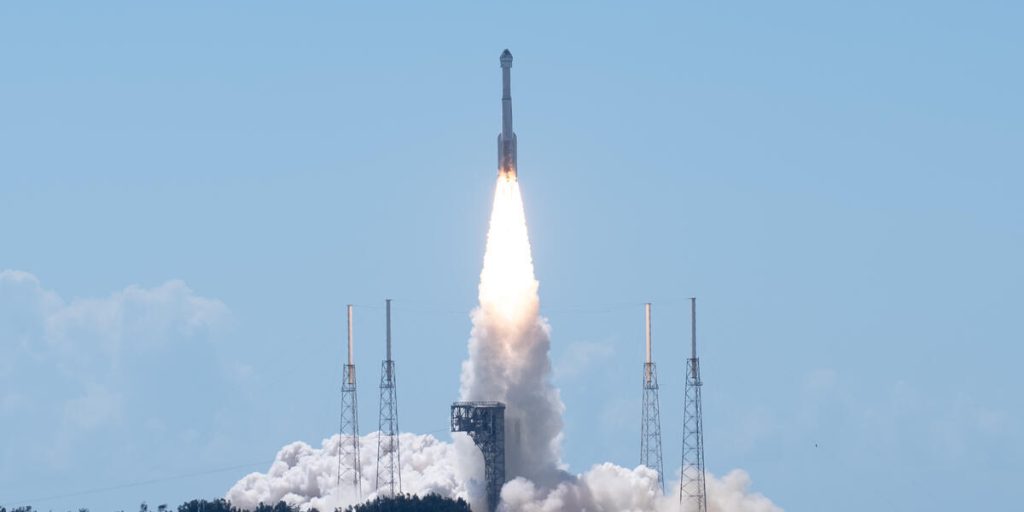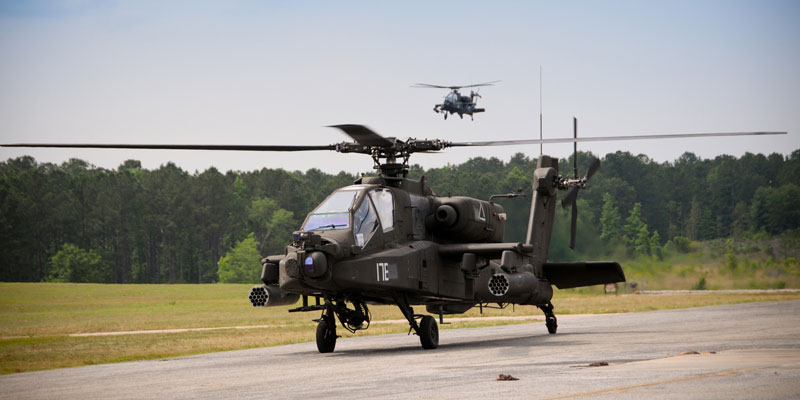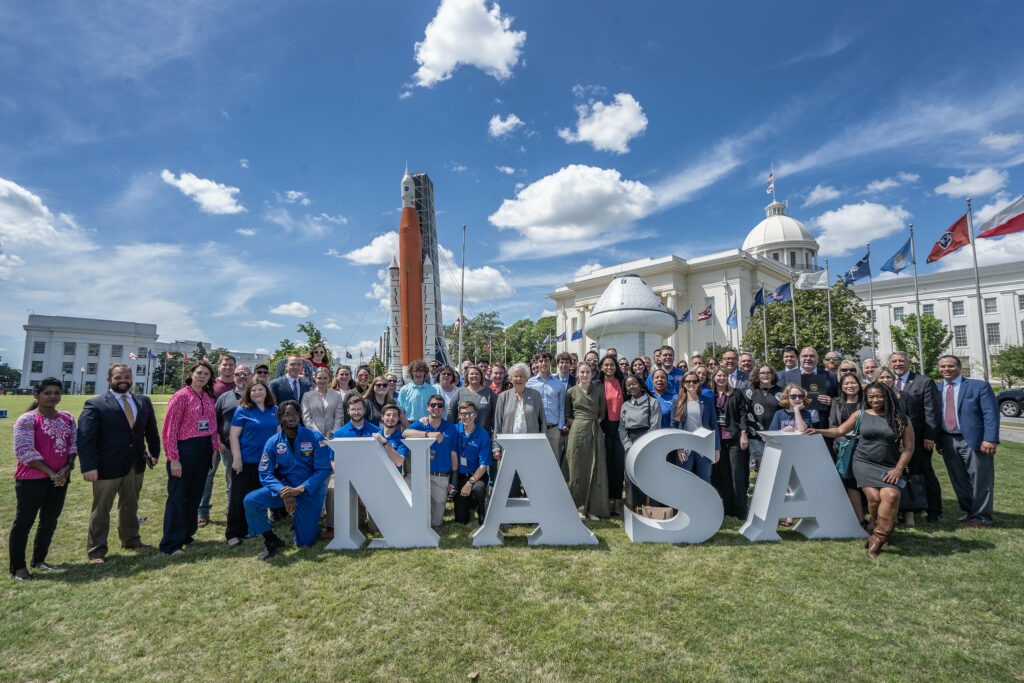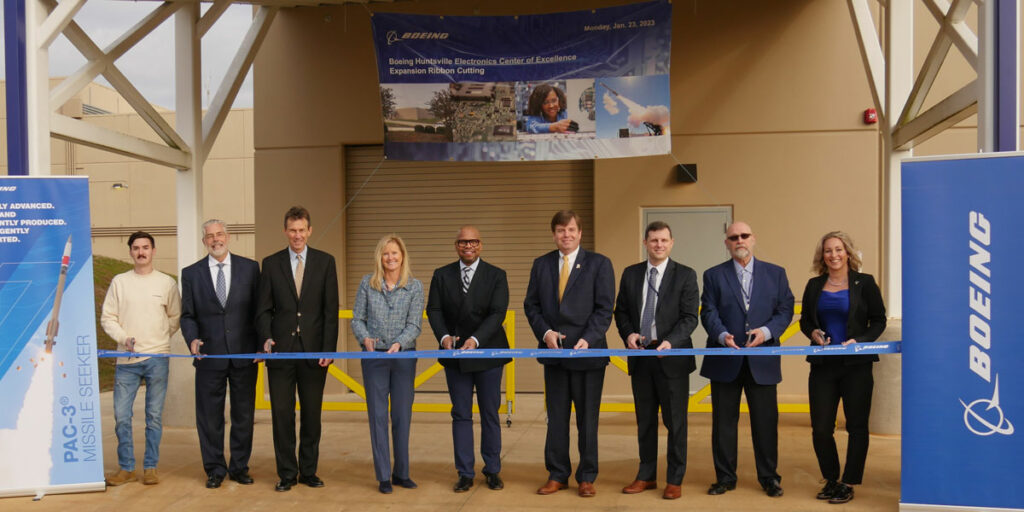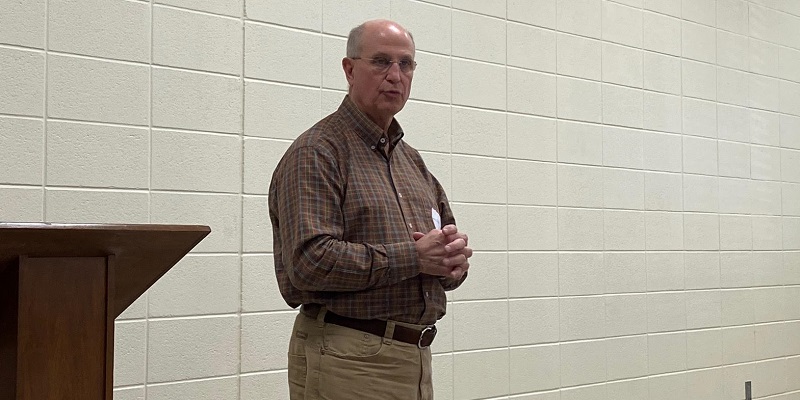Boeing earlier this week announced that it planned to fly a second Orbital Flight Test.
The uncrewed mission will be Boeing’s second try at delivering its Starliner vehicle to the International Space Station (ISS) in preparation for shuttling commercial crew to and from ISS.
The first Starliner mission ended prematurely as a result of a timing malfunction which led to the spacecraft missing the opportunity to set the proper course for connecting with the space station.
Returning early to White Sands, New Mexico, the Huntsville-designed spacecraft became the first American orbital space capsule to land on U.S. soil.
RELATED: Boeing employees in Huntsville producing face shields for frontline medical professionals
In a company statement, Boeing outlined its expectations for the mission:
We have chosen to refly our Orbital Flight Test to demonstrate the quality of the Starliner system. Flying another uncrewed flight will allow us to complete all flight test objectives and evaluate the performance of the second Starliner vehicle at no cost to the taxpayer. We will then proceed to the tremendous responsibility and privilege of flying astronauts to the International Space Station.
NASA, which has accepted Boeing’s proposal for a second flight, indicated in a blog post on Monday that it has yet to determine a date for the flight.
“NASA and Boeing are in the early stages of the decision to fly a second uncrewed orbital mission to the station, and a timeline for flying crew has not been determined,” wrote NASA. “Although completing a second uncrewed flight test was not in the timeline for returning U.S. human spaceflight on Starliner, NASA fully supports our Boeing partner’s commitment to flying astronauts as safely as possible.”
RELATED: Ride inside Boeing’s Starliner on its historic journey to space and back
In an email to Boeing Space newsletter subscribers, the company explained some of its reasoning for launching a second orbital flight test:
We learned a lot from our first Orbital Flight Test. One of the most significant results of that test was to reinforce our confidence in the Starliner hardware, which performed nominally, and in some instances, better than predicted. The company’s decision to fly another uncrewed flight will allow the team to complete all the flight test objectives, like docking to the International Space Station, evaluate the performance of a second reusable Starliner spacecraft, and provide further opportunities to discover unknown-unknowns prior to crewed flight. After that, we will proceed to the tremendous responsibility of flying astronauts to the International Space Station.
Tim Howe is an owner of Yellowhammer Multimedia




